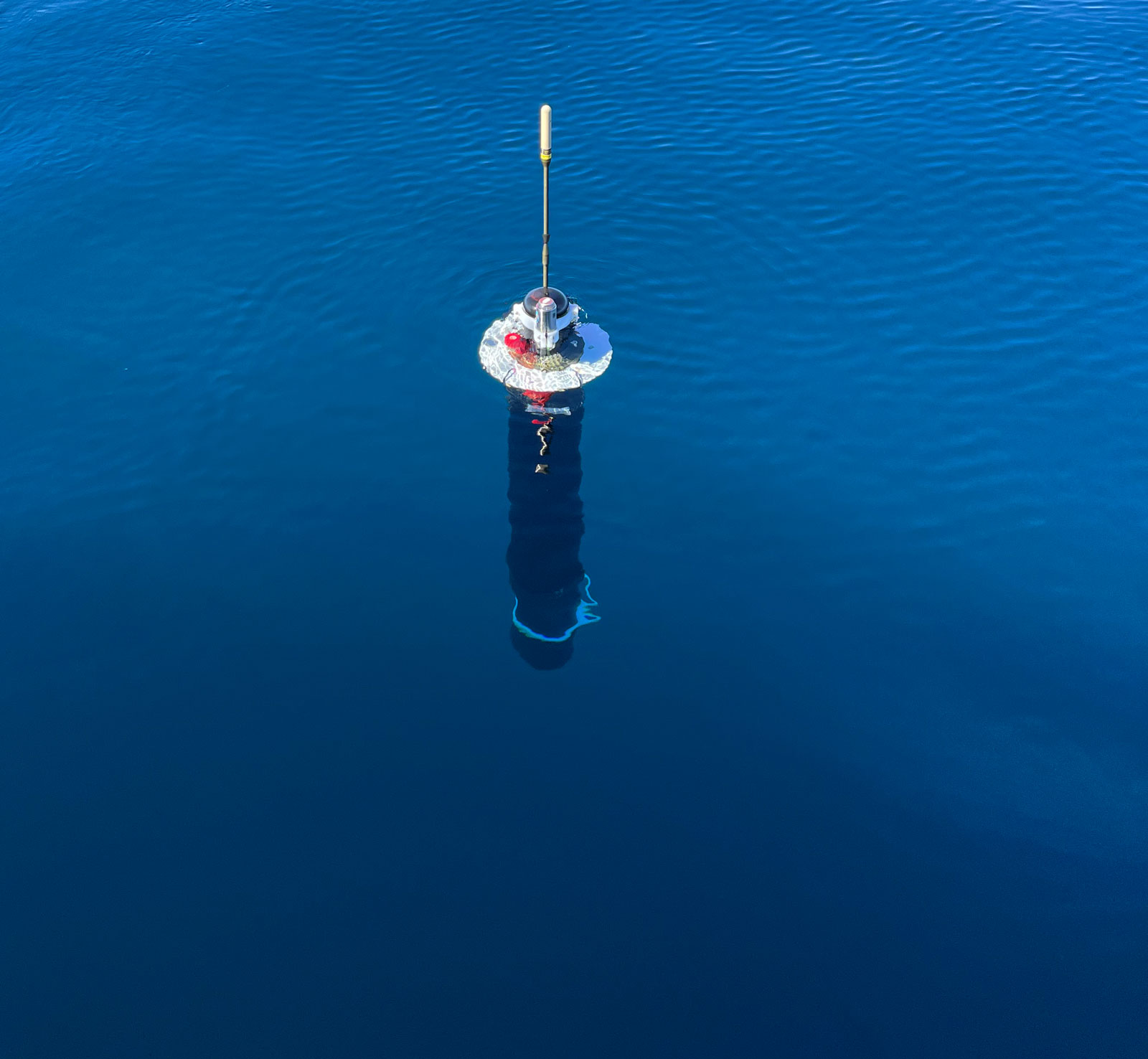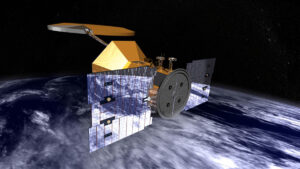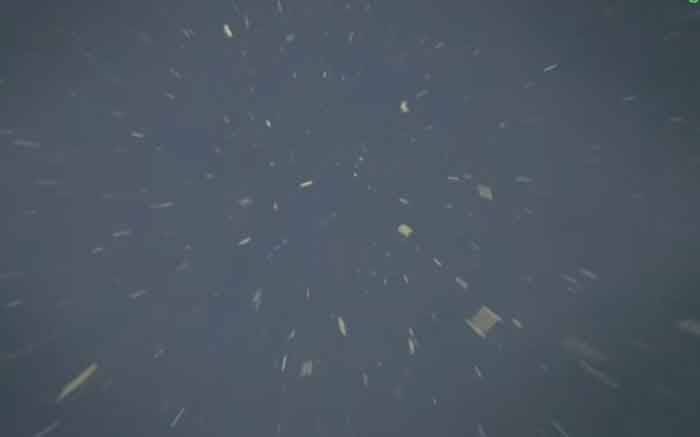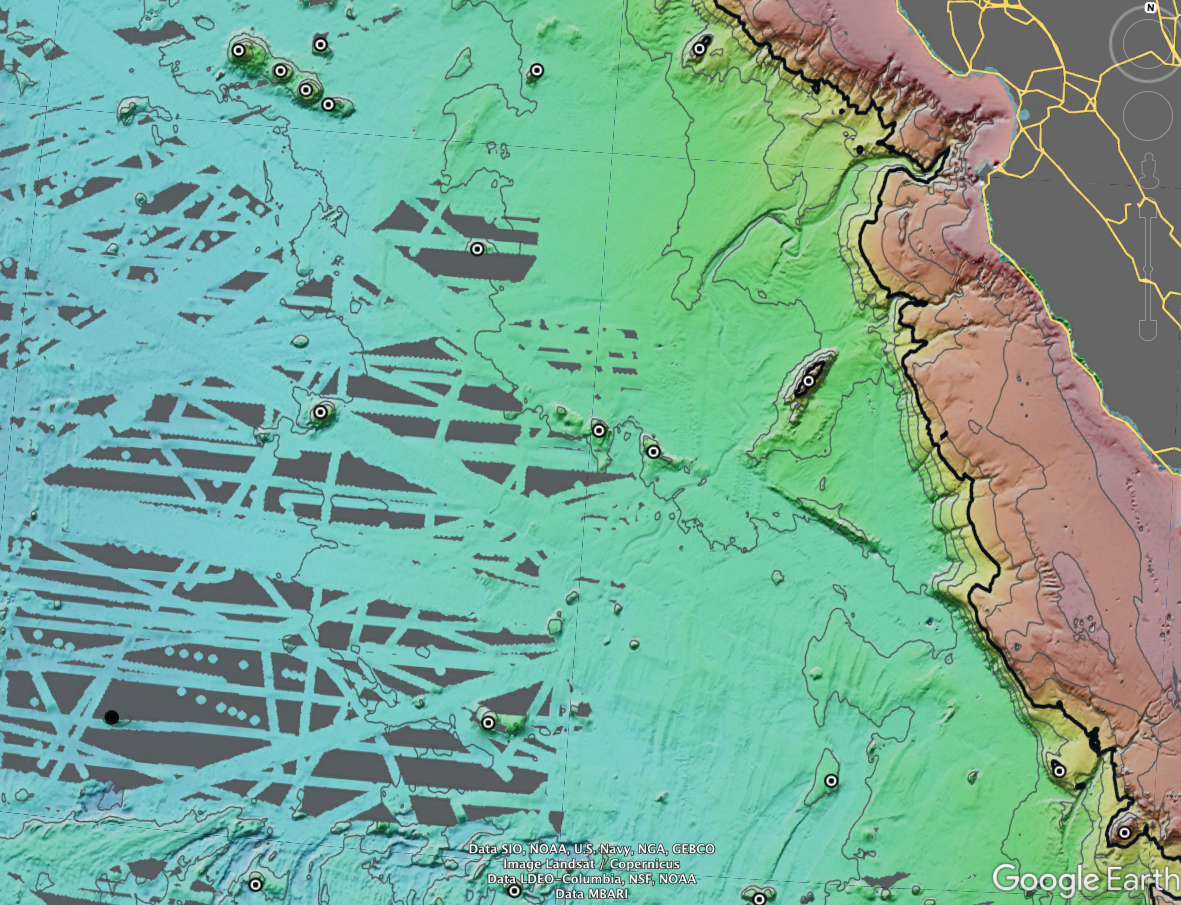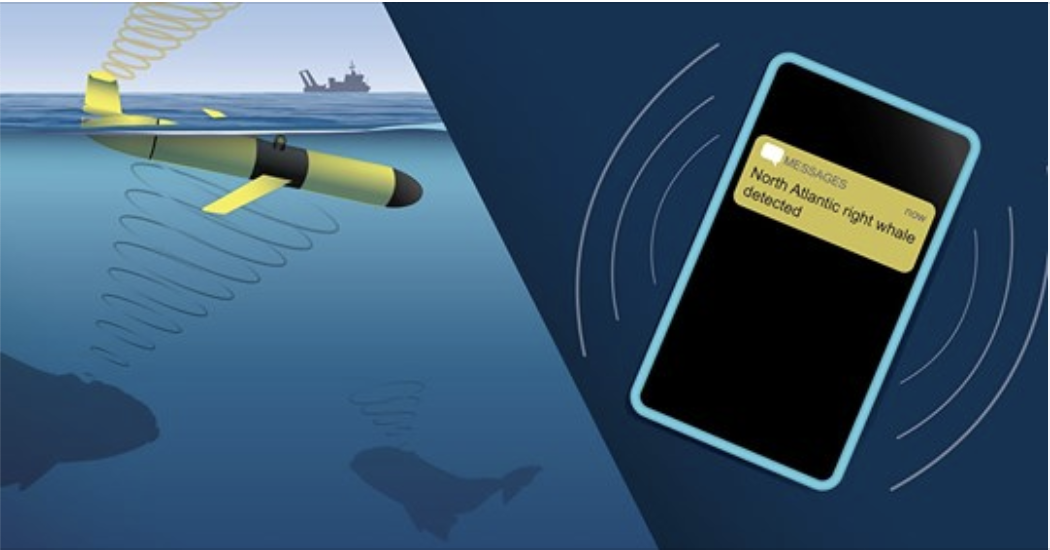Seatrec Launches Initiative to Boost Cost-Effective Seafloor Mapping
Seatrec Launches Initiative to Boost Cost-Effective Seafloor Mapping by Developing Autonomous Echosounder Float Powered by Ocean’s Temperature Differences
Project funded by Schmidt Marine Technology Partners brings seafloor mapping dream team together with transformative and sustainable tech to map the 80% of ocean bottom still uncharted at high-resolution
VISTA, Calif. (Oct. 27, 2021) – Seatrec, a renewable energy company that harvests energy from temperature differences in the environment, today launches a project to develop an autonomous echosounder float powered by clean, sustainable energy. With funding from Schmidt Marine Technology Partners, a program of the Schmidt Family Foundation founded by Wendy and Eric Schmidt, Seatrec will provide the float and power system while New Hampshire-based Airmar Technology Corporation, in collaboration with Innomar Technologie GmbH based in Germany, will provide the active acoustic echosounder for high-resolution mapping.
“Eighty percent of the seafloor has not been mapped at high-resolution - an area roughly twice the size of Mars - and covering an area that large using ships and today’s state-of-the-art autonomous platforms will cost billions of dollars,” explains Yi Chao, CEO and Founder of Seatrec. “This initiative brings together a seafloor mapping dream team with the transformative technology needed to create a sustainably powered method for mapping the ocean floor for a fraction of the cost compared to ships.”
The project is led by Larry Mayer, a professor and Director of the Center for Coastal and Ocean Mapping at the University of New Hampshire.
“The ocean’s resources are critical to supporting and sustaining all life on Earth and it’s shocking how little we know about something as fundamental as the seafloor,” observes Mayer. “It’s imperative that we develop the next generation of ocean mapping technologies to support the international community’s unprecedented effort to finally map the seafloor at high-resolution -- there’s no time to lose.”
Indeed, the world is racing to map the seafloor to help manage living resources, improve marine navigation, and guide infrastructure construction, as well as better defining the impacts of current and future human activity. The Nippon Foundation-GEBCO Seabed 2030 Project is a first-of-its-kind international effort to facilitate the complete mapping of the seafloor by 2030 and is a major contribution to the UN Decade of Ocean Science for Sustainable Development (2021-2030).
However, two critical obstacles stand in the way of success: energy and cost.
Mapping the 80% gaps of the global seafloor will cost an estimated $3B using ships burning diesel fuel and emitting carbon dioxide into the atmosphere. A robotic revolution resulted in the growing use of autonomous vehicles to reduce the cost of using ships and the associated carbon footprint. Seatrec’s technology to harvest energy from the ocean thermal energy is transformative and provides a cost-effective and sustainable solution to deploy a fleet of subsea robots at a fraction of the cost of ships.
“Mapping the seafloor provides fundamental and critical data we need to protect the health of our oceans but such a massive undertaking requires innovative and sustainable solutions from the best and brightest,” points out Erika Montague, the Chief Technologist of the Schmidt Marine Technology Partners. “This initiative provides a path forward towards better understanding and protection of our ocean.”
About Seatrec
Seatrec designs and manufactures energy harvesting systems that generate electricity from naturally occurring temperature differences in ocean waters. This renewable energy can be used to power deep water oceanographic research equipment such as floats, gliders, and Autonomous Underwater Vehicles (AUVs), resulting in the most scalable, cost-effective deep ocean data collection possible. Incorporated in 2016 by CEO, Dr. Yi Chao, Seatrec’s technology originated at NASA Jet Propulsion Laboratory, California Institute of Technology, to provide clean power for remote off-grid locations. The company is headquartered in Vista, CA. Visit us at www.seatrec.com and @seatrecinc.
Media contact
Sean Yokomizo
+1 925.878.1200
Forbes Tech Council: Hurricanes Blow, But Our Forecasting Sucks
Our Founder and CEO, Yi Chao, is a member of the Forbes Technology Council. In his first contributed article, Yi addresses the challenges with hurricane forecasting.
2020 was an epic year for hurricanes with the most named storms on record. The rapid intensification of hurricanes, defined as a meteorological situation where a tropical cyclone intensifies dramatically in a short period of time, poses significant perils to coastal communities. Although hurricane forecasting has improved over the years, data problems abound with siloed data and a dearth of data below the ocean’s surface.
Read the article here.
Seatrec, Northrop Grumman Receive DARPA Award for Developing Deep Sea Robots to Study Climate Change and Support Blue Economy
Seatrec, Northrop Grumman Receive DARPA Award for Developing Deep Sea Robots That Can Study Climate Change and Support Blue Economy
Small Business Innovation Research Phase II is next step toward commercialization of fast-diving, autonomous robots that are powered by Aluminum fuel
Seatrec, a renewable energy company that harvests energy from temperature differences in the environment, announced today that it has been awarded a Phase II Small Business Innovation Research (SBIR) grant from the Defense Advanced Research Projects Agency (DARPA). As part of the grant, Seatrec has assembled a multi-disciplinary team of scientists and engineers and subcontracted Northrop Grumman to support the development of a float that can dive to 1000 meters at a speed of 1 meter per second, a factor of 10 faster than the current state-of-the-art.
Dr. Yi Chao, Founder and CEO of Seatrec, is the Principal Investigator on the grant and built the company’s technology he started at NASA’s Jet Propulsion Laboratory.
“Today’s buoyancy engines are too small to support such a fast profiling speed. If we increase the size of the buoyancy engine and add a propeller, the required 1 m/s speed can be achieved, however, a significantly larger battery would be necessary in order to maintain long endurance. We’re excited to partner with Professor Doug Hart from MIT to explore the use of aluminum fuel, when mixed with water, to create the extra buoyancy required to achieve a 10x increase of the profiling speed,” said Chao.
“Aluminum, long used as a solid rocket propellant, is among the most energy-dense materials known but has found little use in other applications due to difficulties in harnessing its power. My group at MIT has developed a method to safely create a liquid slurry that can be reacted with water on contact releasing hydrogen gas and heat. In this project, the hydrogen gas will be used to generate positive buoyancy to achieve an order of magnitude increase in profiling speed,” said Hart.
“Ocean data needs a sea change to help navigate the warming world,” stated in a recent article in Nature, “The ocean covers about 70 percent of Earth’s surface, regulates the climate and it’s home to countless species of fish, a major source of protein for more than one billion people. It is now under threat from climate change, overfishing and pollution.” This technological advancement will certainly accelerate the evolution of ocean observation and monitoring.
“There are simply no other energy harvesting solutions available like Seatrec. The synergy of these innovative technologies and our experience in developing military-grade solutions will result in a very promising offering to better observe our oceans,” said Brian Theobald, Chief Engineer for Northrop Grumman Undersea Systems.
About Seatrec
Seatrec designs and manufactures energy harvesting systems that generate electricity from naturally occurring temperature differences in ocean waters. This renewable energy can be used to power deep water oceanographic research equipment such as floats, gliders, and Autonomous Underwater Vehicles (AUVs), resulting in the most scalable, cost-effective deep ocean data collection possible. Incorporated in 2016 by CEO, Dr. Yi Chao, Seatrec’s technology originated at NASA Jet Propulsion Laboratory, California Institute of Technology, to provide clean power for remote off-grid locations. The company is headquartered in Monrovia, CA. Visit us at www.seatrec.com and @seatrecinc.
Media contact
Marta Bulaich
Head of Marketing
marta@seatrec.com
+1 415-816-1665
Teaming Up for Right Whales Using Gliders
Ocean gliders are able to detect multiple marine animals such as whales in near real-time. These gliders can be instrumental in preventing lethal ship strikes as endangered whales migrate through shipping lanes and fishing grounds. For example, when a glider detects a whale (or any species of interest), it can send a text message to scientists, regulators, and ships in the vicinity.
And, we're proud to note the cool shout out to our very own Dave Fratantoni. About 10 years ago, Dave worked on a digital acoustic monitoring device (#DMON), while working with WHOI scientists and engineers Mark Johnson, Jim Partan, et al.


